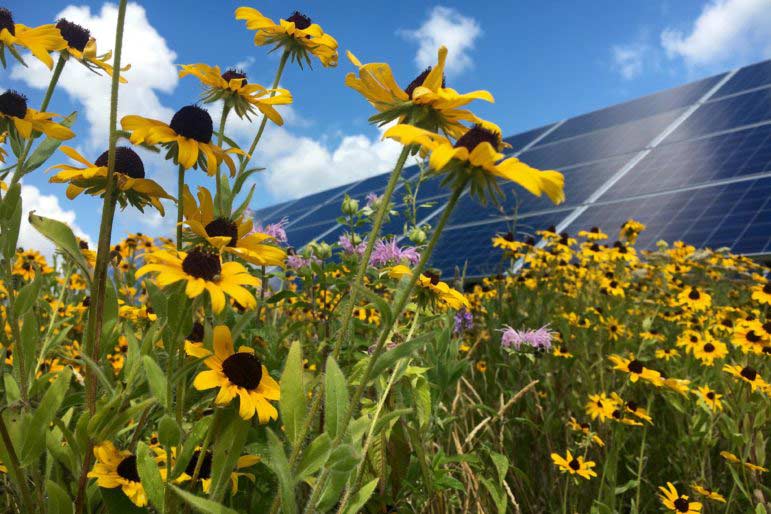As we aim for a more sustainable future, integrating solar energy into conservation initiatives isn’t all sunshine and rainbows. It’s a careful balancing act that requires us to consider the pros and cons of the transition. We need to be cautious to ensure that our efforts to go green don’t unintentionally harm our ecosystems.
One big consideration is where we put solar infrastructure. We can’t plunk down solar farms anywhere without thinking about the impact on nature. Collaborative planning between energy developers and conservationists is essential to find sites that minimize disruption to the environment.
We also need to think about our wildlife friends. Solar installations must be wildlife-friendly, minimizing risks like bird collisions and habitat disturbances. Using panels designed with birds in mind and restoring habitats affected by solar projects can make a real difference.
And it’s not just about reducing carbon emissions. Let’s talk money. Allocating some of the cash from solar projects to support local conservation efforts creates a win-win. We get cleaner energy, and the environment gets some much-needed love.
So, integrating solar energy into conservation initiatives isn’t a grand gesture; it’s a thoughtful, sometimes tricky process. By weighing the environmental impacts and taking steps to mitigate them, we can find that sweet spot where clean energy and environmental preservation go hand in hand. We work extensively to ensure conservation and s

